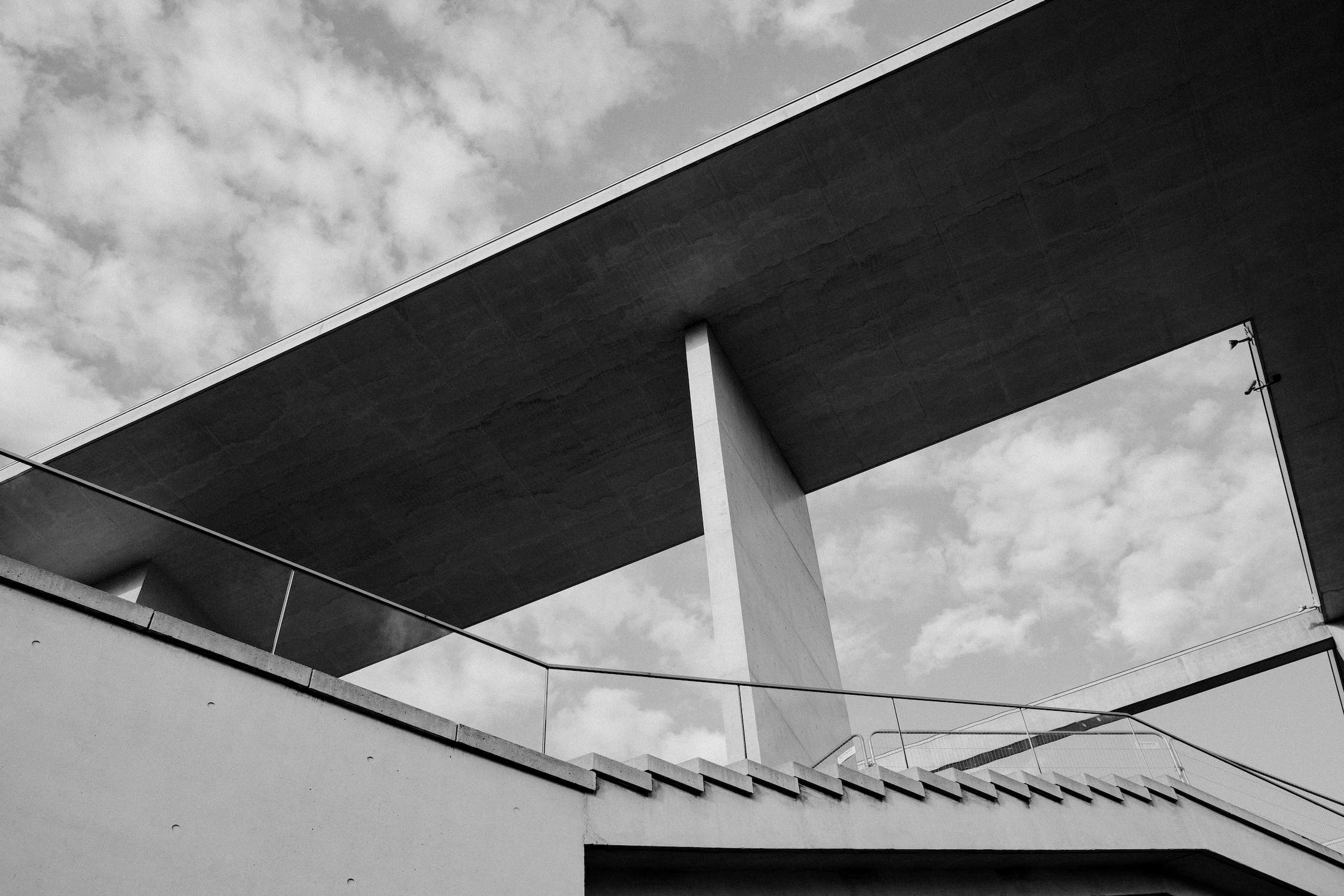Midcentury furniture, a term that encapsulates the design movement occurring roughly from the mid-1930s to the late 1960s, continues to captivate design aficionados and homeowners alike. Known for its clean lines, organic forms, and emphasis on functionality, midcentury furniture has not only stood the test of time but has also seen a resurgence in popularity in recent years. This article delves into the world of midcentury furniture, exploring its historical roots, defining characteristics, iconic pieces, and its place in contemporary interiors.
Historical Context
The midcentury period was a time of innovation and change in the furniture design industry. Emerging from the aftermath of World War II, designers were propelled by an optimistic outlook and a desire to create accessible, functional, and aesthetically pleasing furniture for the masses. The era was marked by the experimentation with new materials and technologies, leading to revolutionary designs that broke away from traditional forms and materials. Key figures such as Charles and Ray Eames, Isamu Noguchi, and Ludwig Mies van der Rohe, among others, played pivotal roles in shaping the midcentury furniture movement, leaving a lasting impact on design.
Characteristics of Midcentury Furniture
Midcentury furniture is distinguished by several key characteristics:
- Simplicity and Functionality: Pieces were designed with a focus on utility and comfort, stripping away unnecessary ornamentation to reveal the essence of the form.
- Organic Shapes and Clean Lines: Furniture from this period often features smooth lines, gentle organic curves, and a seamless flow between different elements.
- Integration of Traditional and Non-traditional Materials: Designers experimented with a range of materials, including wood, metal, glass, and plastic, often combining them in innovative ways.
- Emphasis on Craftsmanship and Detail: Despite the movement towards mass production, midcentury furniture often showcases a high level of craftsmanship and attention to detail.
Iconic Midcentury Furniture Pieces
Several pieces of midcentury furniture have achieved iconic status, celebrated for their design and enduring appeal:
- Eames Lounge Chair and Ottoman: Designed by Charles and Ray Eames, this piece epitomizes the luxury and comfort of midcentury design, combining soft leather with molded plywood.
- The Noguchi Table: Created by Isamu Noguchi, this table is a masterpiece of form and function, featuring a unique sculptural base and glass top.
- The Barcelona Chair: Designed by Ludwig Mies van der Rohe, this chair is the epitome of elegance and simplicity, with its clean lines and luxurious materials.
Midcentury Furniture in Contemporary Interiors
Today, midcentury furniture is revered not only for its historical significance but also for its versatility in modern interior design. These pieces can complement a variety of decor styles, from minimalist to eclectic. Integrating midcentury furniture into contemporary spaces involves balancing old and new elements, allowing the timeless designs to stand out while ensuring the overall aesthetic remains cohesive.
Preservation and Collecting
The market for vintage midcentury furniture remains robust, with collectors and enthusiasts seeking out authentic pieces. Identifying genuine midcentury furniture involves researching designers, manufacturers, and hallmark design elements. Proper care and maintenance are crucial for preserving these pieces, ensuring they continue to be enjoyed for generations to come.
Conclusion
Midcentury furniture has left an indelible mark on the world of design, its appeal undiminished by the passing of time. Its principles of simplicity, functionality, and beauty resonate with contemporary audiences, proving that great design transcends eras. Whether you’re a collector, a design enthusiast, or simply someone who appreciates the aesthetic of midcentury furniture, the legacy of this remarkable period continues to inspire and influence the way we live and decorate our spaces today.


